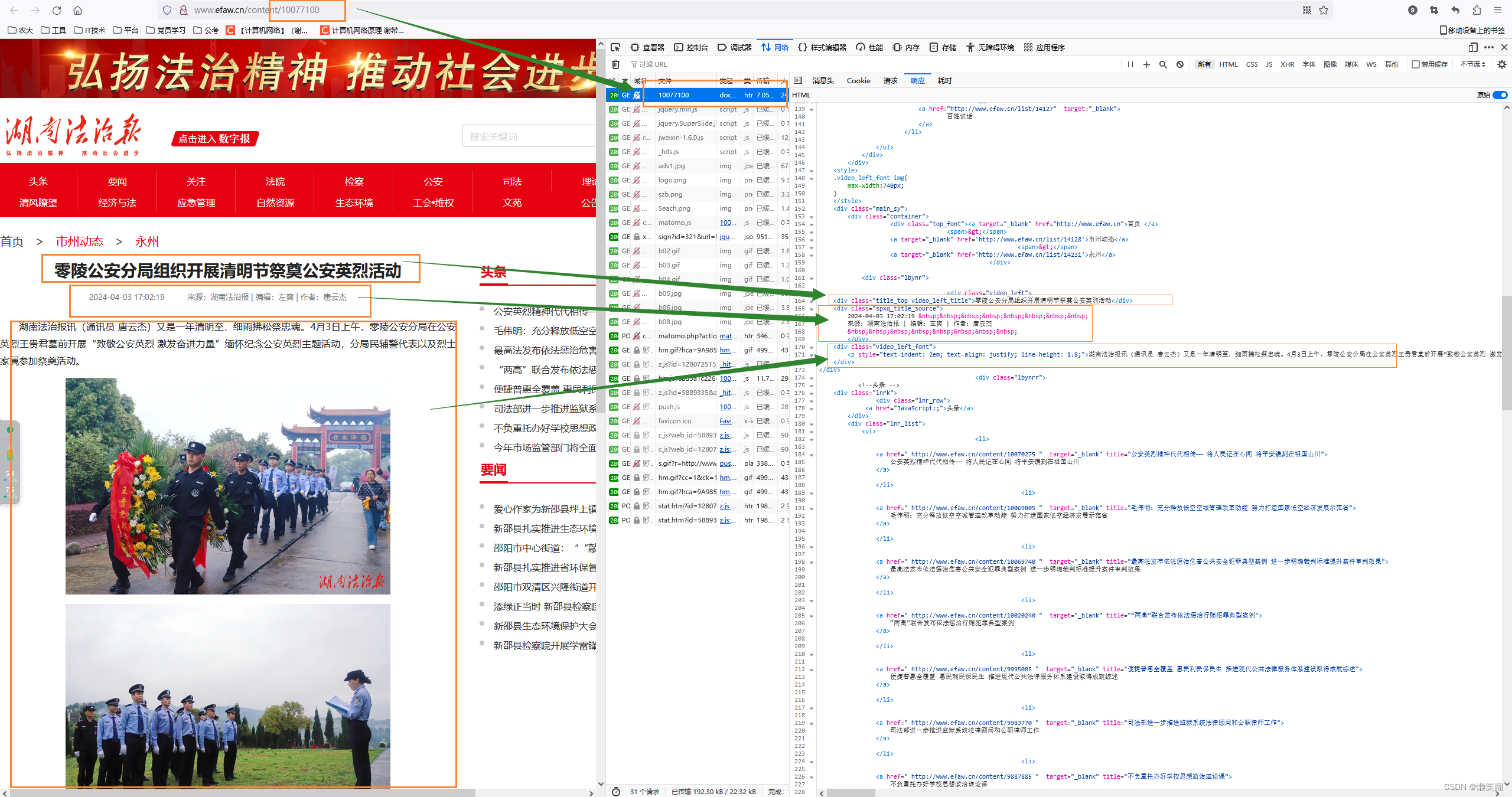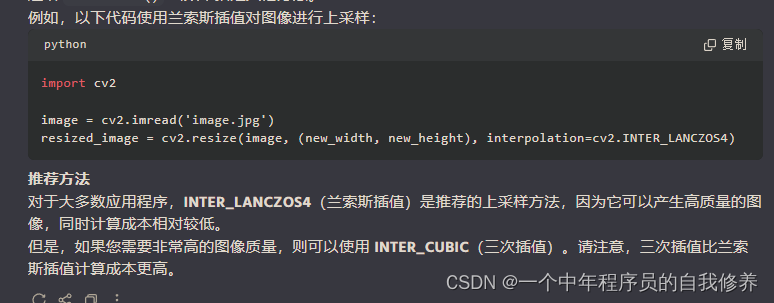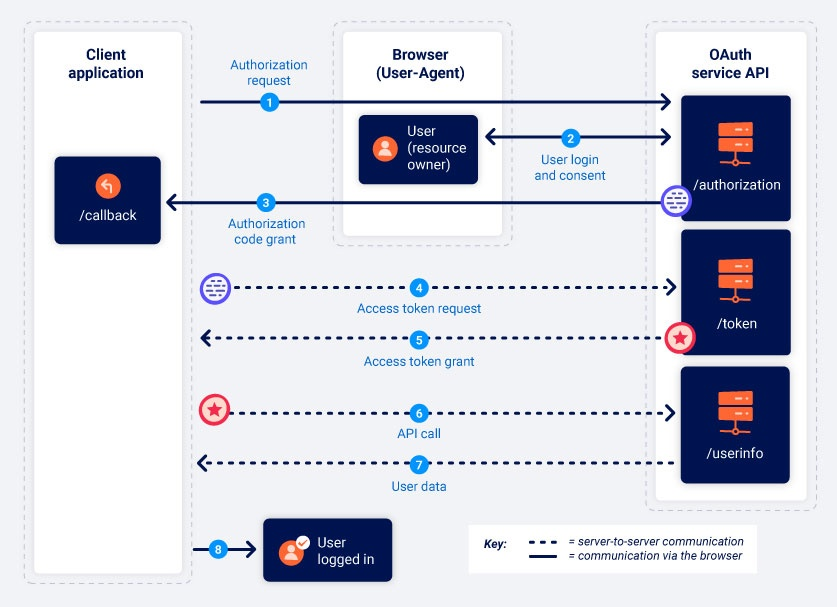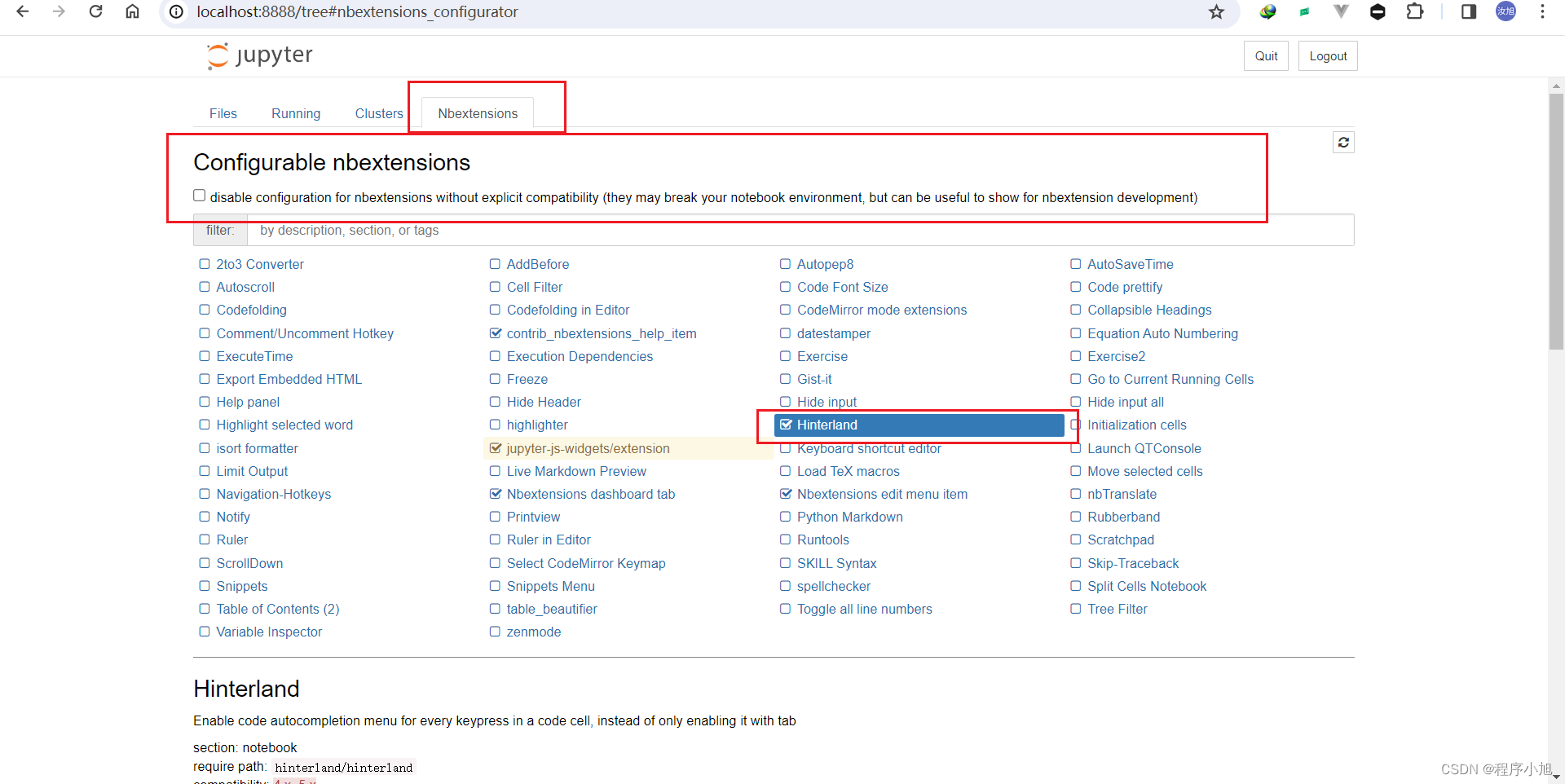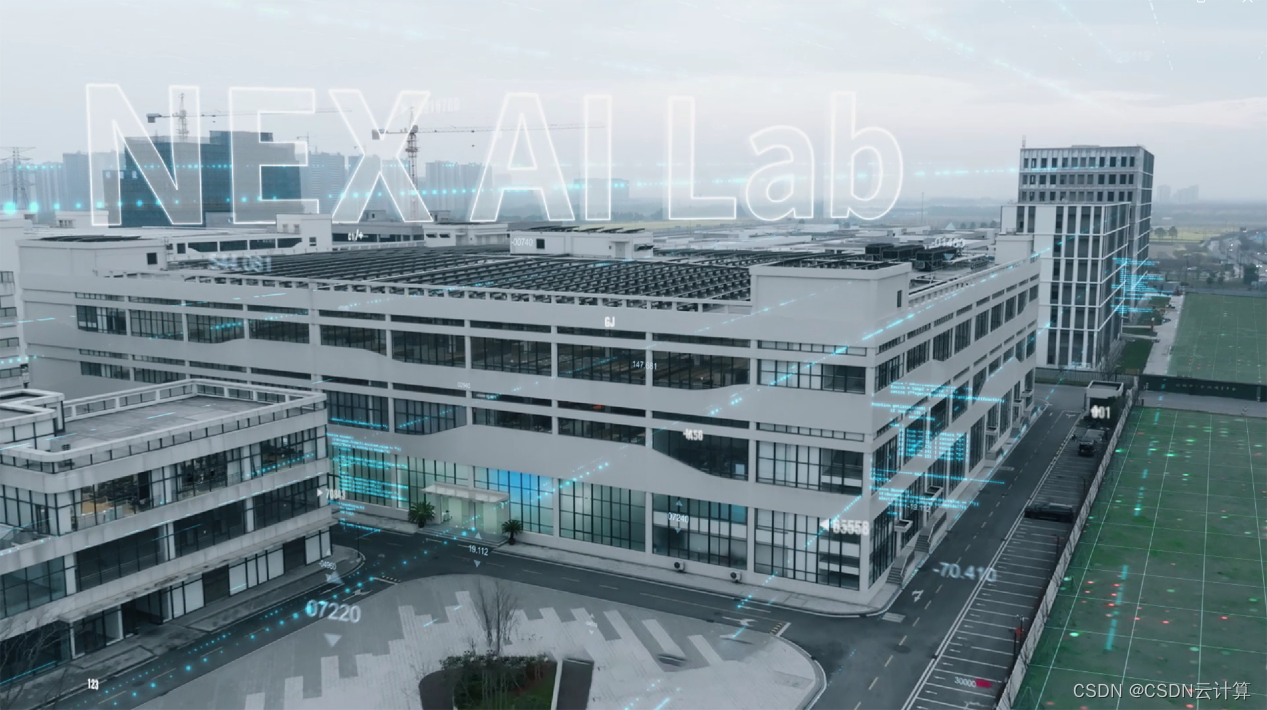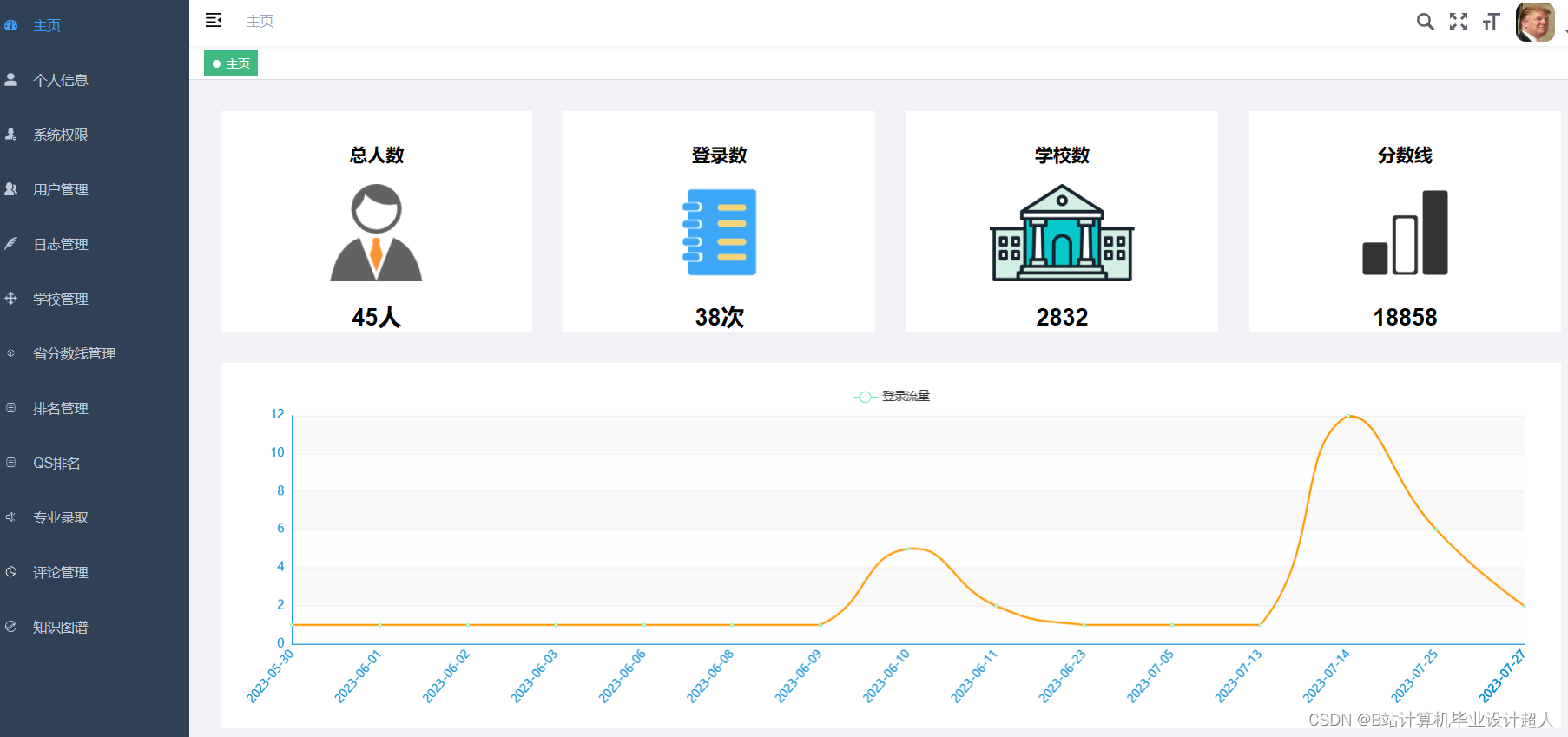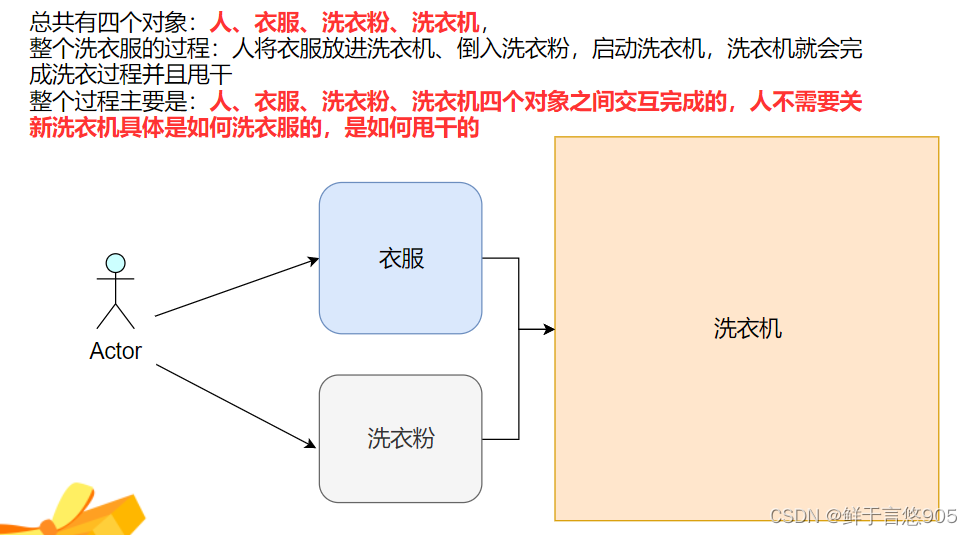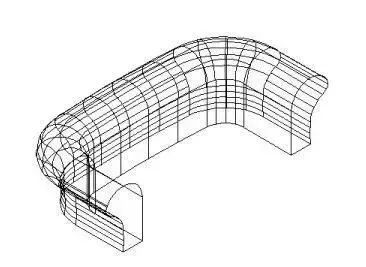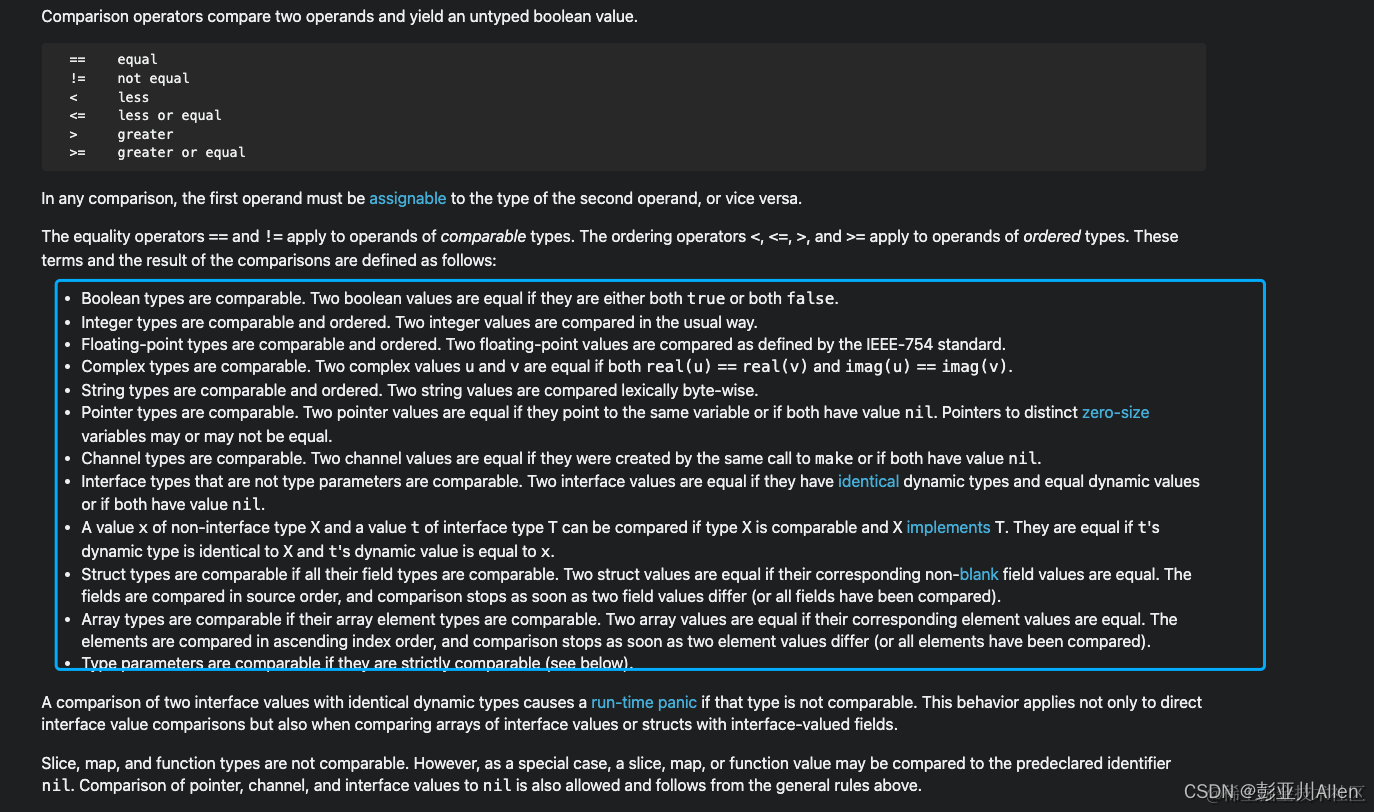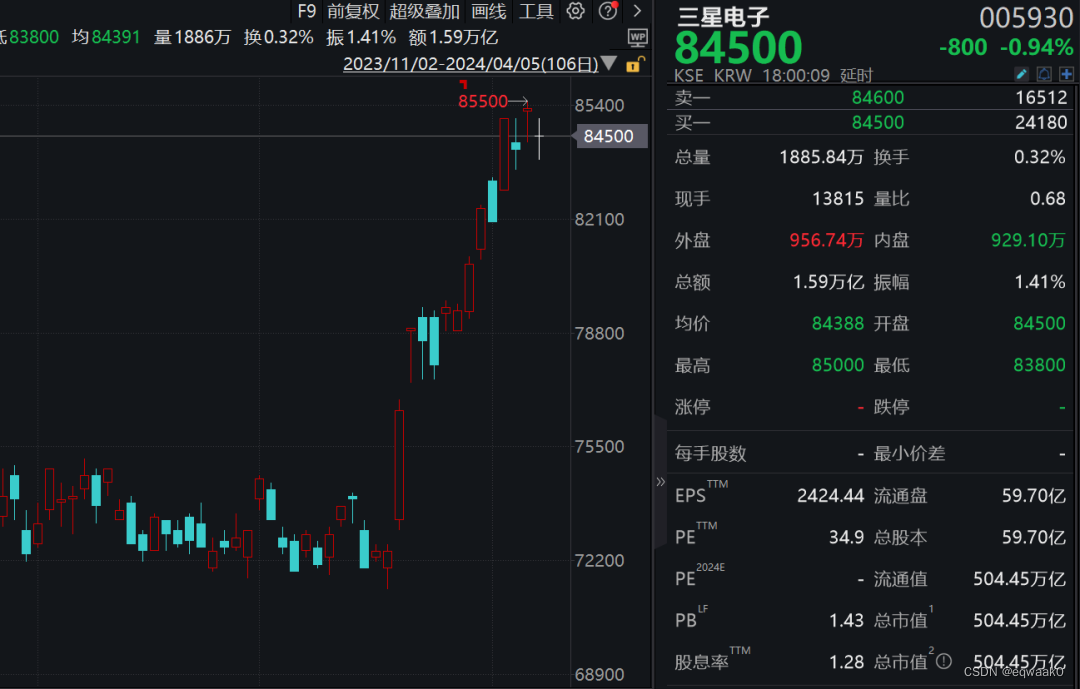本文首发于公众号:机器感知
Stale Diffusion、Drag Your Noise、PhysReaction、CityGaussian
Drag Your Noise: Interactive Point-based Editing via Diffusion Semantic Propagation
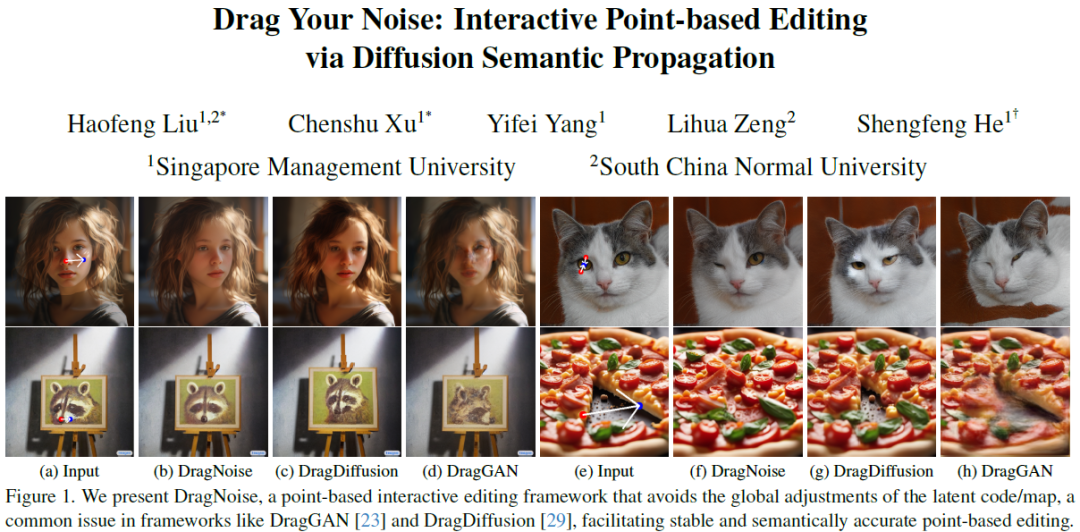
Point-based interactive editing serves as an essential tool to complement the controllability of existing generative models. A concurrent work, DragDiffusion, updates the diffusion latent map in response to user inputs, causing global latent map alterations. This results in imprecise preservation of the original content and unsuccessful editing due to gradient vanishing. In contrast, we present DragNoise, offering robust and accelerated editing without retracing the latent map. The core rationale of DragNoise lies in utilizing the predicted noise output of each U-Net as a semantic editor. This approach is grounded in two critical observations: firstly, the bottleneck features of U-Net inherently possess semantically rich features ideal for interactive editing; secondly, high-level semantics, established early in the denoising process, show minimal variation in subsequent stages. Leveraging these insights, DragNoise edits diffusion semantics in a single denoising step and effi......
Stale Diffusion: Hyper-realistic 5D Movie Generation Using Old-school Methods
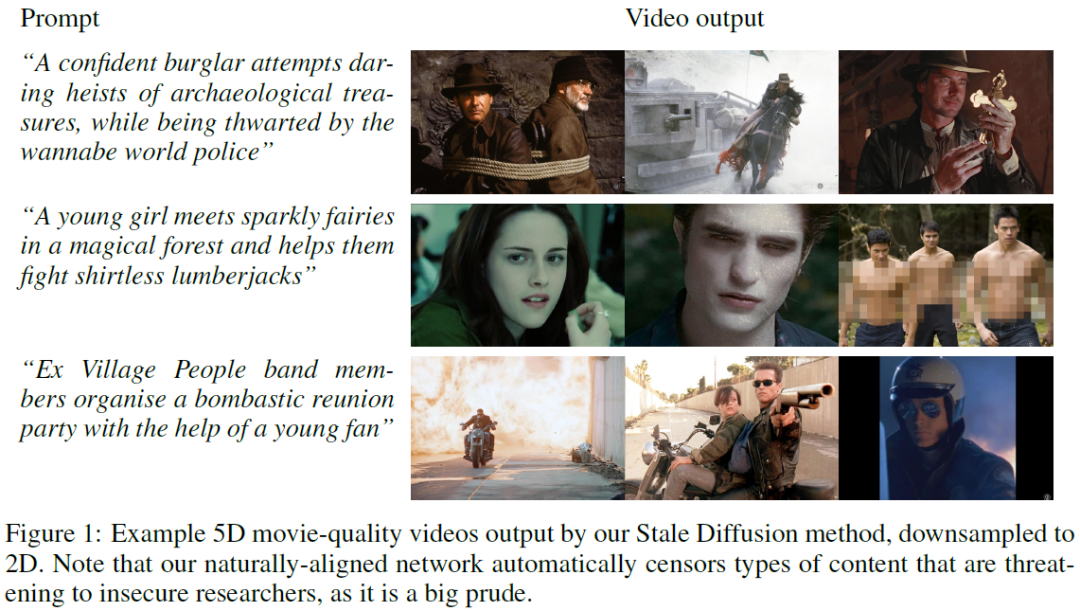
Two years ago, Stable Diffusion achieved super-human performance at generating images with super-human numbers of fingers. Following the steady decline of its technical novelty, we propose Stale Diffusion, a method that solidifies and ossifies Stable Diffusion in a maximum-entropy state. Stable Diffusion works analogously to a barn (the Stable) from which an infinite set of horses have escaped (the Diffusion). As the horses have long left the barn, our proposal may be seen as antiquated and irrelevant. Nevertheless, we vigorously defend our claim of novelty by identifying as early adopters of the Slow Science Movement, which will produce extremely important pearls of wisdom in the future. Our speed of contributions can also be seen as a quasi-static implementation of the recent call to pause AI experiments, which we wholeheartedly support. As a result of a careful archaeological expedition to 18-months-old Git commit histories, we found that naturally-accumulating errors have......
PhysReaction: Physically Plausible Real-Time Humanoid Reaction Synthesis via Forward Dynamics Guided 4D Imitation
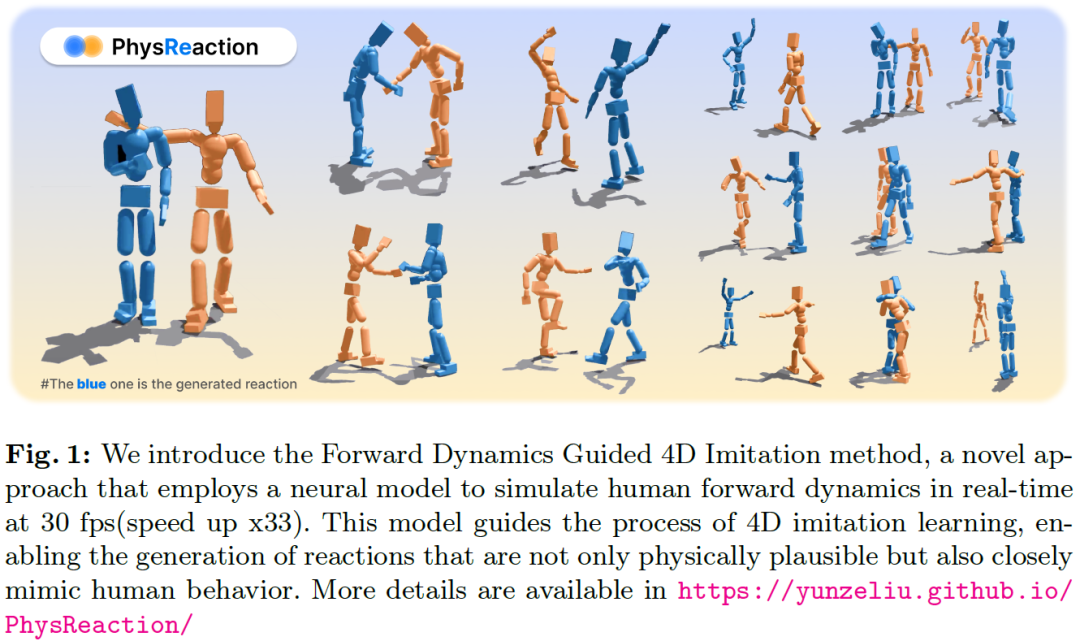
Humanoid Reaction Synthesis is pivotal for creating highly interactive and empathetic robots that can seamlessly integrate into human environments, enhancing the way we live, work, and communicate. However, it is difficult to learn the diverse interaction patterns of multiple humans and generate physically plausible reactions. The kinematics-based approaches face challenges, including issues like floating feet, sliding, penetration, and other problems that defy physical plausibility. The existing physics-based method often relies on kinematics-based methods to generate reference states, which struggle with the challenges posed by kinematic noise during action execution. Constrained by their reliance on diffusion models, these methods are unable to achieve real-time inference. In this work, we propose a Forward Dynamics Guided 4D Imitation method to generate physically plausible human-like reactions. The learned policy is capable of generating physically plausible and human-li......
HairFastGAN: Realistic and Robust Hair Transfer with a Fast Encoder-Based Approach
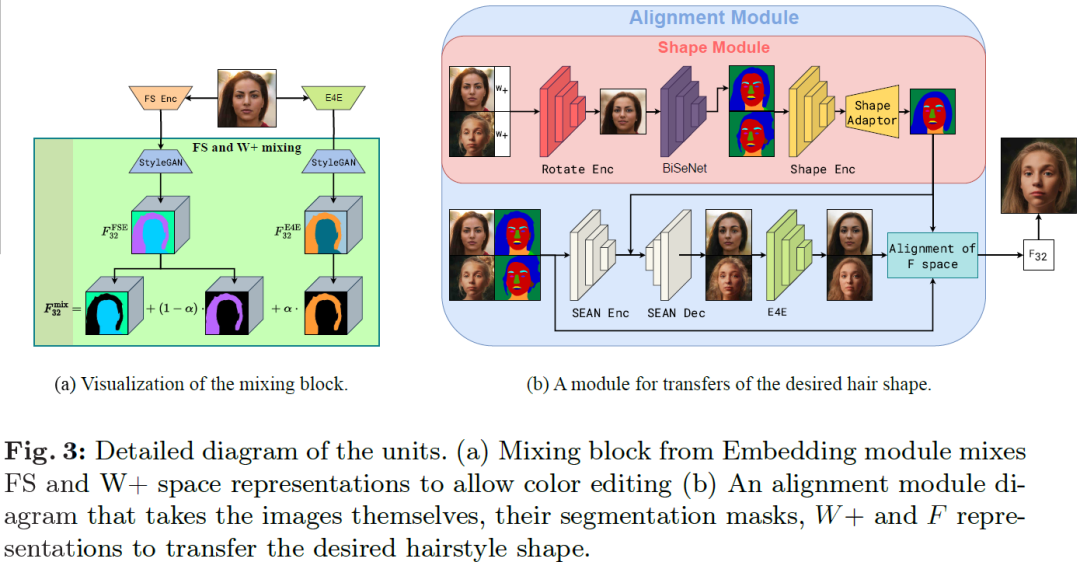
Our paper addresses the complex task of transferring a hairstyle from a reference image to an input photo for virtual hair try-on. This task is challenging due to the need to adapt to various photo poses, the sensitivity of hairstyles, and the lack of objective metrics. The current state of the art hairstyle transfer methods use an optimization process for different parts of the approach, making them inexcusably slow. At the same time, faster encoder-based models are of very low quality because they either operate in StyleGAN's W+ space or use other low-dimensional image generators. Additionally, both approaches have a problem with hairstyle transfer when the source pose is very different from the target pose, because they either don't consider the pose at all or deal with it inefficiently. In our paper, we present the HairFast model, which uniquely solves these problems and achieves high resolution, near real-time performance, and superior reconstruction compared to optimiza......
CityGaussian: Real-time High-quality Large-Scale Scene Rendering with Gaussians
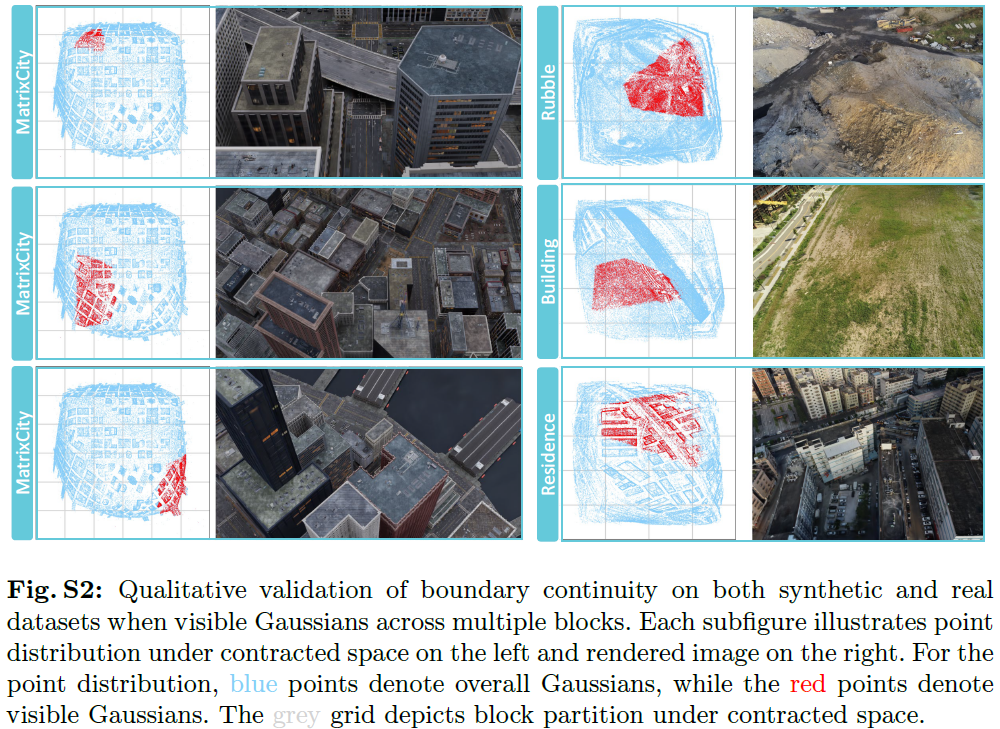
The advancement of real-time 3D scene reconstruction and novel view synthesis has been significantly propelled by 3D Gaussian Splatting (3DGS). However, effectively training large-scale 3DGS and rendering it in real-time across various scales remains challenging. This paper introduces CityGaussian (CityGS), which employs a novel divide-and-conquer training approach and Level-of-Detail (LoD) strategy for efficient large-scale 3DGS training and rendering. Specifically, the global scene prior and adaptive training data selection enables efficient training and seamless fusion. Based on fused Gaussian primitives, we generate different detail levels through compression, and realize fast rendering across various scales through the proposed block-wise detail levels selection and aggregation strategy. Extensive experimental results on large-scale scenes demonstrate that our approach attains state-of-theart rendering quality, enabling consistent real-time rendering of largescale scenes......
Condition-Aware Neural Network for Controlled Image Generation
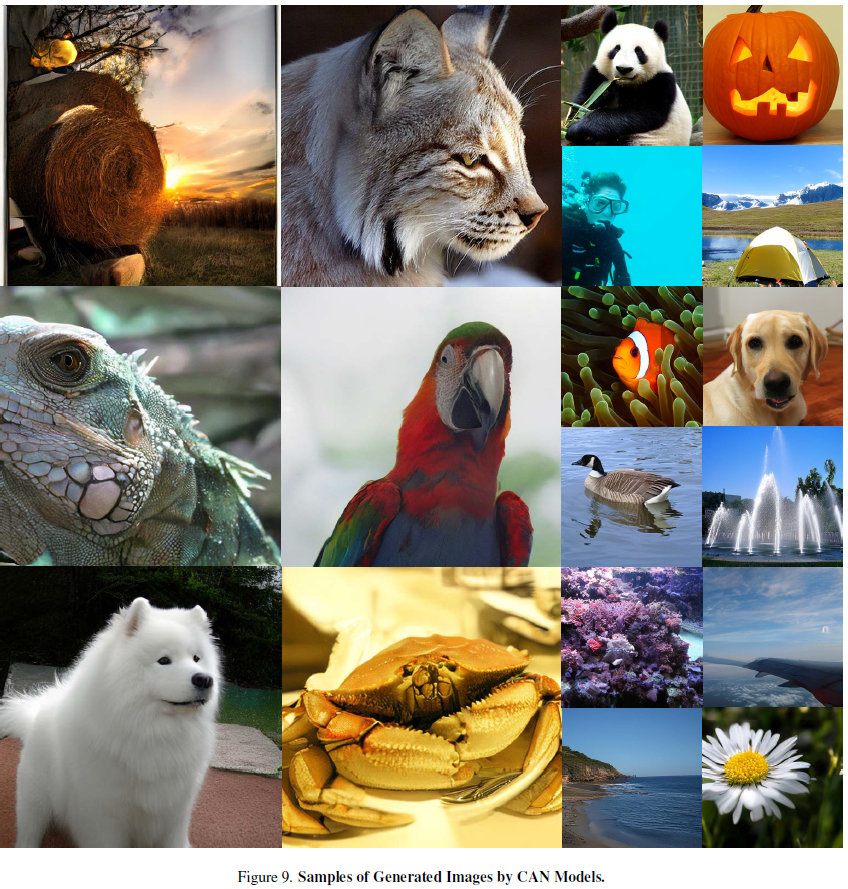
We present Condition-Aware Neural Network (CAN), a new method for adding control to image generative models. In parallel to prior conditional control methods, CAN controls the image generation process by dynamically manipulating the weight of the neural network. This is achieved by introducing a condition-aware weight generation module that generates conditional weight for convolution/linear layers based on the input condition. We test CAN on class-conditional image generation on ImageNet and text-to-image generation on COCO. CAN consistently delivers significant improvements for diffusion transformer models, including DiT and UViT. In particular, CAN combined with EfficientViT (CaT) achieves 2.78 FID on ImageNet 512x512, surpassing DiT-XL/2 while requiring 52x fewer MACs per sampling step. ......
Uncovering the Text Embedding in Text-to-Image Diffusion Models
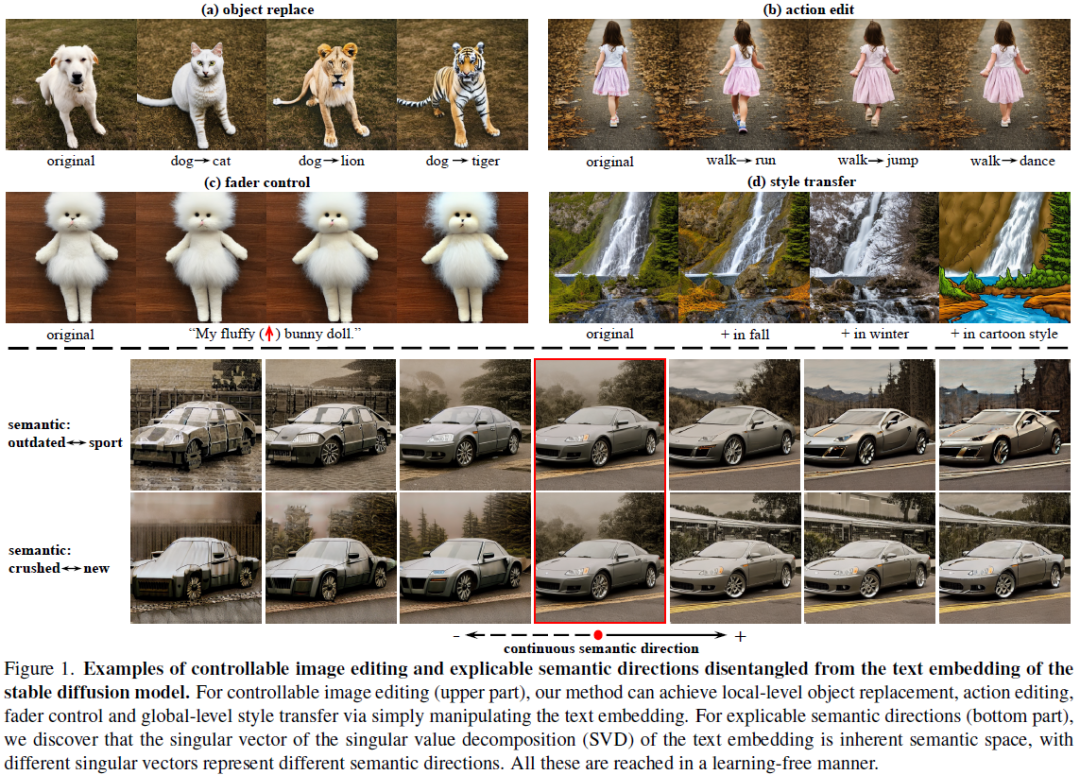
The correspondence between input text and the generated image exhibits opacity, wherein minor textual modifications can induce substantial deviations in the generated image. While, text embedding, as the pivotal intermediary between text and images, remains relatively underexplored. In this paper, we address this research gap by delving into the text embedding space, unleashing its capacity for controllable image editing and explicable semantic direction attributes within a learning-free framework. Specifically, we identify two critical insights regarding the importance of per-word embedding and their contextual correlations within text embedding, providing instructive principles for learning-free image editing. Additionally, we find that text embedding inherently possesses diverse semantic potentials, and further reveal this property through the lens of singular value decomposition (SVD). These uncovered properties offer practical utility for image editing and semantic disco......
Getting it Right: Improving Spatial Consistency in Text-to-Image Models
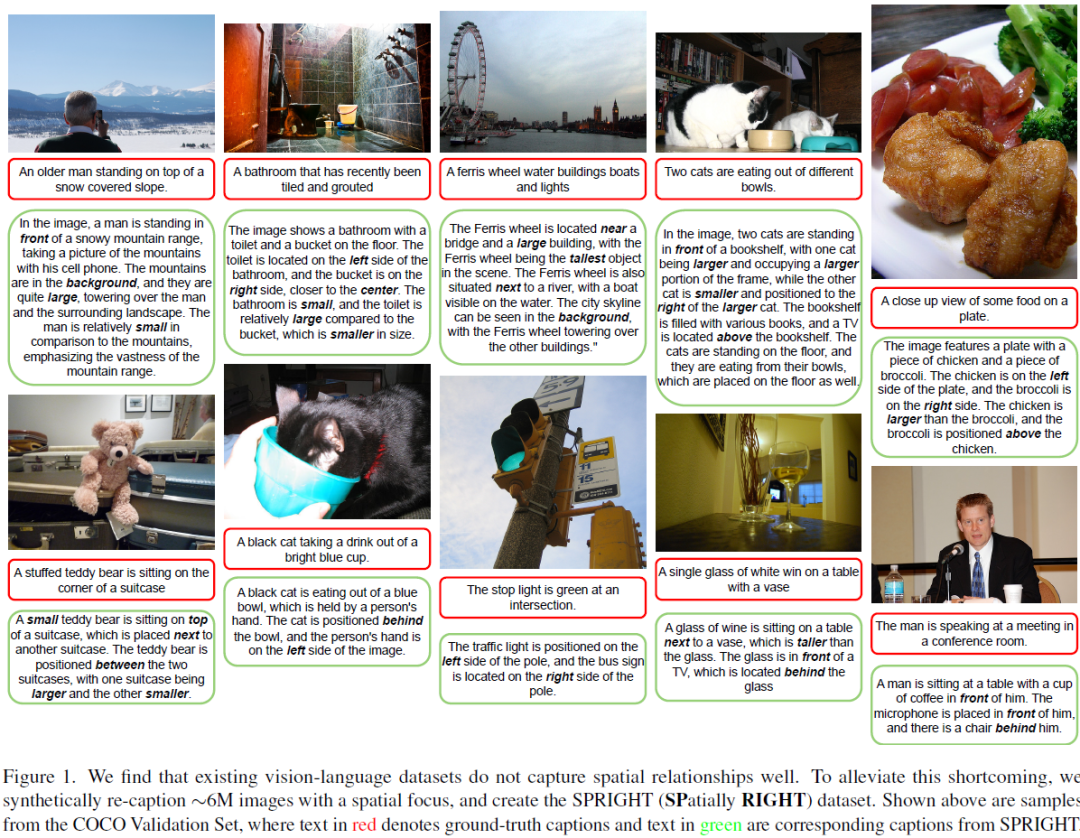
One of the key shortcomings in current text-to-image (T2I) models is their inability to consistently generate images which faithfully follow the spatial relationships specified in the text prompt. In this paper, we offer a comprehensive investigation of this limitation, while also developing datasets and methods that achieve state-of-the-art performance. First, we find that current vision-language datasets do not represent spatial relationships well enough; to alleviate this bottleneck, we create SPRIGHT, the first spatially-focused, large scale dataset, by re-captioning 6 million images from 4 widely used vision datasets. Through a 3-fold evaluation and analysis pipeline, we find that SPRIGHT largely improves upon existing datasets in capturing spatial relationships. To demonstrate its efficacy, we leverage only ~0.25% of SPRIGHT and achieve a 22% improvement in generating spatially accurate images while also improving the FID and CMMD scores. Secondly, we find that training......
Video Interpolation with Diffusion Models
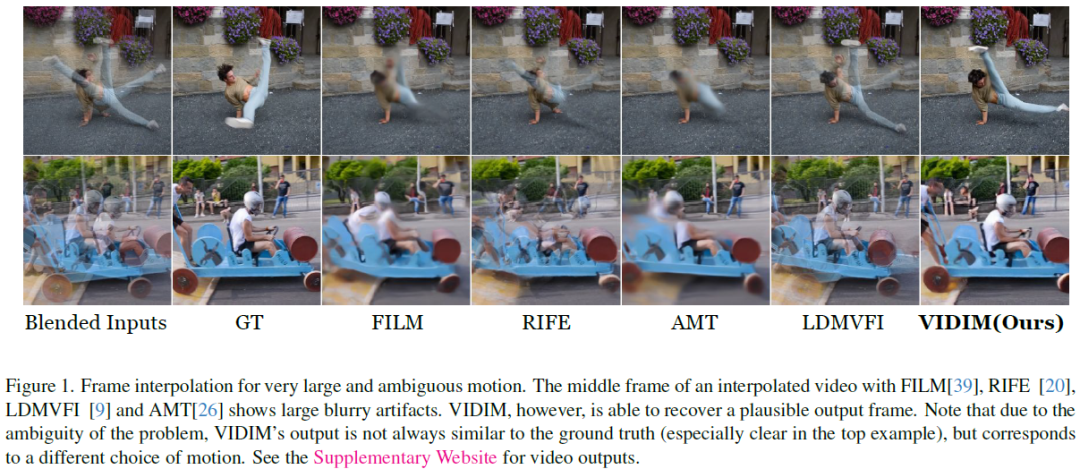
We present VIDIM, a generative model for video interpolation, which creates short videos given a start and end frame. In order to achieve high fidelity and generate motions unseen in the input data, VIDIM uses cascaded diffusion models to first generate the target video at low resolution, and then generate the high-resolution video conditioned on the low-resolution generated video. We compare VIDIM to previous state-of-the-art methods on video interpolation, and demonstrate how such works fail in most settings where the underlying motion is complex, nonlinear, or ambiguous while VIDIM can easily handle such cases. We additionally demonstrate how classifier-free guidance on the start and end frame and conditioning the super-resolution model on the original high-resolution frames without additional parameters unlocks high-fidelity results. VIDIM is fast to sample from as it jointly denoises all the frames to be generated, requires less than a billion parameters per diffusion mo......
StructLDM: Structured Latent Diffusion for 3D Human Generation

Recent 3D human generative models have achieved remarkable progress by learning 3D-aware GANs from 2D images. However, existing 3D human generative methods model humans in a compact 1D latent space, ignoring the articulated structure and semantics of human body topology. In this paper, we explore more expressive and higher-dimensional latent space for 3D human modeling and propose StructLDM, a diffusion-based unconditional 3D human generative model, which is learned from 2D images. StructLDM solves the challenges imposed due to the high-dimensional growth of latent space with three key designs: 1) A semantic structured latent space defined on the dense surface manifold of a statistical human body template. 2) A structured 3D-aware auto-decoder that factorizes the global latent space into several semantic body parts parameterized by a set of conditional structured local NeRFs anchored to the body template, which embeds the properties learned from the 2D training data and can b......
A Unified and Interpretable Emotion Representation and Expression Generation
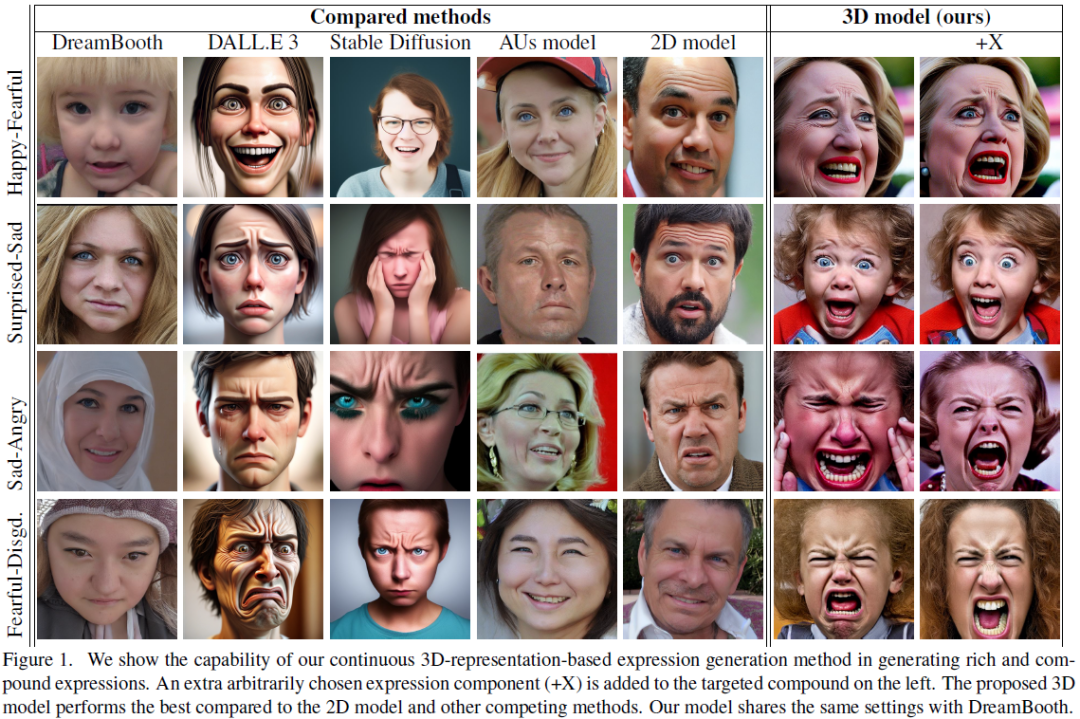
Canonical emotions, such as happy, sad, and fearful, are easy to understand and annotate. However, emotions are often compound, e.g. happily surprised, and can be mapped to the action units (AUs) used for expressing emotions, and trivially to the canonical ones. Intuitively, emotions are continuous as represented by the arousal-valence (AV) model. An interpretable unification of these four modalities - namely, Canonical, Compound, AUs, and AV - is highly desirable, for a better representation and understanding of emotions. However, such unification remains to be unknown in the current literature. In this work, we propose an interpretable and unified emotion model, referred as C2A2. We also develop a method that leverages labels of the non-unified models to annotate the novel unified one. Finally, we modify the text-conditional diffusion models to understand continuous numbers, which are then used to generate continuous expressions using our unified emotion model. Through quan......
Large Motion Model for Unified Multi-Modal Motion Generation
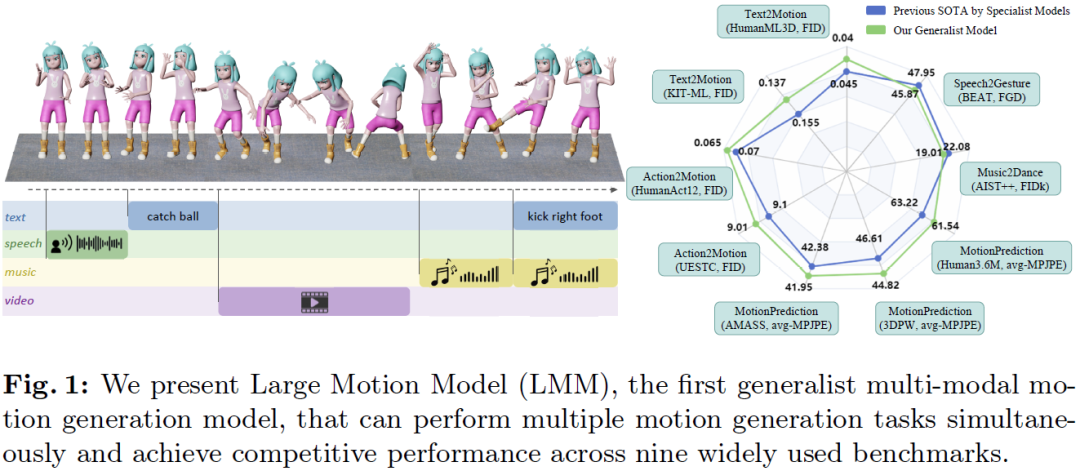
Human motion generation, a cornerstone technique in animation and video production, has widespread applications in various tasks like text-to-motion and music-to-dance. Previous works focus on developing specialist models tailored for each task without scalability. In this work, we present Large Motion Model (LMM), a motion-centric, multi-modal framework that unifies mainstream motion generation tasks into a generalist model. A unified motion model is appealing since it can leverage a wide range of motion data to achieve broad generalization beyond a single task. However, it is also challenging due to the heterogeneous nature of substantially different motion data and tasks. LMM tackles these challenges from three principled aspects: 1) Data: We consolidate datasets with different modalities, formats and tasks into a comprehensive yet unified motion generation dataset, MotionVerse, comprising 10 tasks, 16 datasets, a total of 320k sequences, and 100 million frames. 2) Archite......
CosmicMan: A Text-to-Image Foundation Model for Humans
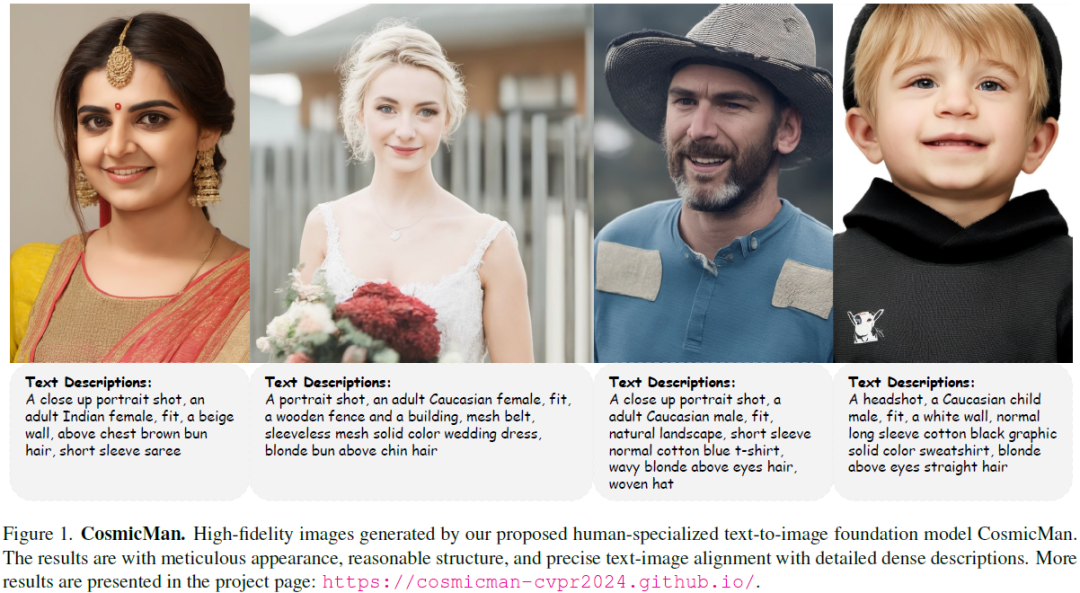
We present CosmicMan, a text-to-image foundation model specialized for generating high-fidelity human images. Unlike current general-purpose foundation models that are stuck in the dilemma of inferior quality and text-image misalignment for humans, CosmicMan enables generating photo-realistic human images with meticulous appearance, reasonable structure, and precise text-image alignment with detailed dense descriptions. At the heart of CosmicMan's success are the new reflections and perspectives on data and models: (1) We found that data quality and a scalable data production flow are essential for the final results from trained models. Hence, we propose a new data production paradigm, Annotate Anyone, which serves as a perpetual data flywheel to produce high-quality data with accurate yet cost-effective annotations over time. Based on this, we constructed a large-scale dataset, CosmicMan-HQ 1.0, with 6 Million high-quality real-world human images in a mean resolution of 1488......
MagicMirror: Fast and High-Quality Avatar Generation with a Constrained Search Space
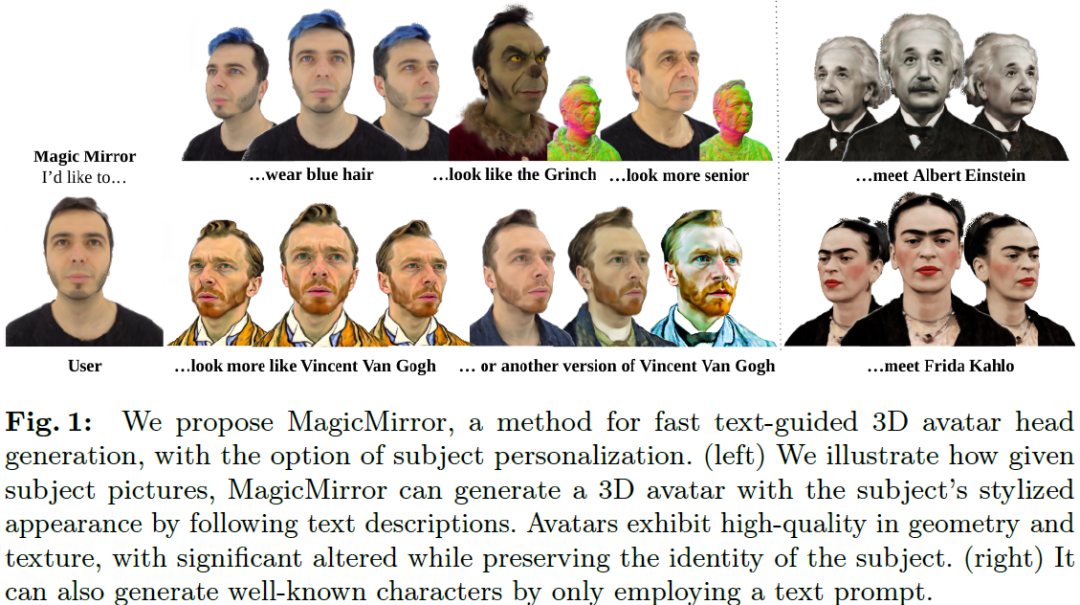
We introduce a novel framework for 3D human avatar generation and personalization, leveraging text prompts to enhance user engagement and customization. Central to our approach are key innovations aimed at overcoming the challenges in photo-realistic avatar synthesis. Firstly, we utilize a conditional Neural Radiance Fields (NeRF) model, trained on a large-scale unannotated multi-view dataset, to create a versatile initial solution space that accelerates and diversifies avatar generation. Secondly, we develop a geometric prior, leveraging the capabilities of Text-to-Image Diffusion Models, to ensure superior view invariance and enable direct optimization of avatar geometry. These foundational ideas are complemented by our optimization pipeline built on Variational Score Distillation (VSD), which mitigates texture loss and over-saturation issues. As supported by our extensive experiments, these strategies collectively enable the creation of custom avatars with unparalleled vis......
